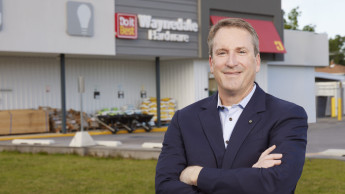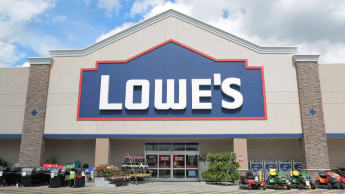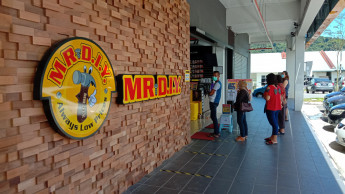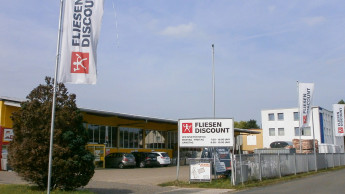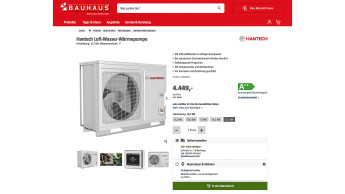Today it is a competitor to every kind of conventional retailer, including hardware storesand home centers. It literally offers millions of products, not merely thousands, since it supplements its own vast inventory, reputed to be a million stockkeeping units, by 20 million eligible products that can be bought online but which are supplied by other sources. Both consumers and professionals find its site easy to shop. A click or two gets one to categories like Tools & Home Improvement, where thousands of products can be found and bought.
It now is selling its products in 200 countries worldwide, and is operating more than 100 gigantic fulfillment centers around the world.
Those fulfillment centers, in and of themselves, represent a tremendous investment as well as a source of employment for thousands of people. It is estimated that each fulfillment center, some as large as 1.2 million sq. ft., represents an investment of about $50 million and employs hundreds of full-time employees plus hundreds of additional part-timers during peak periods, such as the Christmas season just past. Amazon employs more than 145,000 full and part-time “regular” employees, plus temporary help and independent contractors.
But according to an article in Internet Retailer recently, the high number of needed employees to handle sales is going to be drastically reduced in the future.
Another aspect of Amazon's challenge to bricks-and-mortar retailers is its sophisticated electronic innovations. It develops its own software—to operate its fulfillment centers, to offer items on its web site, to notify customers when items will be shipped and received as well as to keep alerting them to upcoming new sales offers.
Where Amazon's huge fulfillment centers differ from distribution centers operated by wholesalers or big-box retailers is that most of its orders are for single items, which must be picked, packed, labeled and sent on their way, whereas store orders are for dozens or hundreds of items. The personnel needs for those different kinds of orders are vastly different.
In its article, Internet Retailer reported the company is already employing more than 15,000 wheeled robots, which crisscross the floors of some of its biggest fulfillment centers to deliver stacks of toys, books, tools and other products to employees. It quoted one employee as saying, “We pick two to three times faster than we used to.” Ultimately, it seems likely the use of such robots will be company-wide.
A fulfillment center in Tracy, California, is one of 10 in which Amazon has deployed the robots. More than 1,500 full-time employees work at the Tracy center, which has 1.2 million square feet of space. They are joined by about 3,000 robots, gliding swiftly and quietly around the warehouse. The robots navigate by scanning coded stickers on the floor, following digital commands that are beamed wirelessly from a central computer.
Each of the squat orange machines can slide under and then lift a stack of shelves that's four feet wide and holds up to 750 pounds of merchandise. The system uses bar codes to track which items are on each shelf, so a robot can fetch the right shelves for each worker as orders come in.
The magazine said that because the robots travel underneath, the shelves can be stacked closely together, which means the warehouse can hold more goods. The Tracy center now holds about 20 million items, representing 3.5 million different products, from bottles of gourmet steak sauce to high-end audio headsets, books and video games. An Amazon executive said it can ship 700,000 items in a day, but will hold more and ship more by next year. The robots will cut the Tracy center's operating costs by 20%, he explained.
Even with the use of robots, Amazon will continue to be a major employer. The company has, in fact, increased its workforce by more than a third over the last year to 149,500 full-time employees. However, a fleet of robots could help Amazon save as much as a billion dollars a year in labor expenses. By allowing Amazon to store and ship more goods from each shipping center, the robots will likely reduce the number of new centers that Amazon will have to build and staff as it grows, Michael Pachter of Wedbush Securities said.
To continue its efforts to improve efficiency and shorten delivery times to customers, the company is now developing sorting centers to speed deliveries. As of late 2014, Amazon already offered same-day delivery of more than 1 million products to about 17% of the U.S. population and 9% of the Canadian population, according to estimates.
International retailers in countries where Amazon has its own fulfillment center can expect increased competition if the company can achieve same-day or next day deliveries elsewhere as well as in the U. S.

 Menü
Menü







